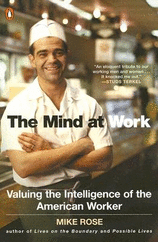
It's way beyond cliché at this point to call Watchmen the greatest superhero comic ever written-slash-drawn. But it's true. In the world Alan Moore and Dave Gibbons created, it's 1985, Nixon is still president, the Cold War is at absolute zero, and the nation's superheroes consist of a bunch of neurotic, washed-up has-beens, mostly without actual superpowers, mostly retired.Read about all ten titles on the list.
As the novel begins one of them, the Comedian, is murdered. What follows is an astoundingly dense, beautiful, sad story that begins as a noir mystery and ends with the destruction, or possibly the redemption, of the entire world as we know it. To tell this story Gibbons and Moore deployed about a dozen fugually interwoven plots and an intricate system of echoing visual motifs. The result is a masterpiece so powerful it caused the entire genre of superhero comics to immediately rethink its most sacred conventions.
V For Vendetta by Alan Moore and David Lloyd appears on Malorie Blackman's list of the top ten of graphic novels for teenagers.
--Marshal Zeringue



































